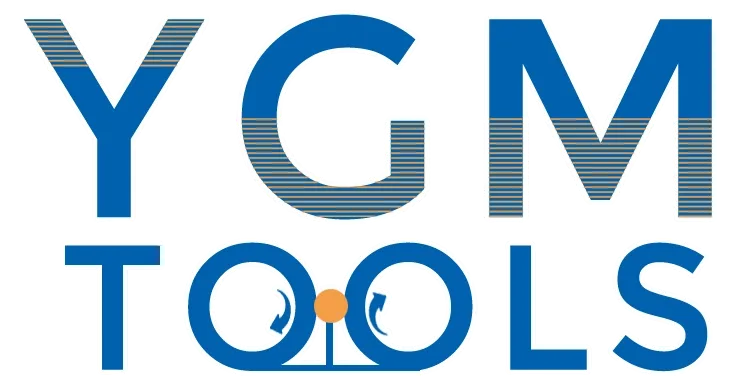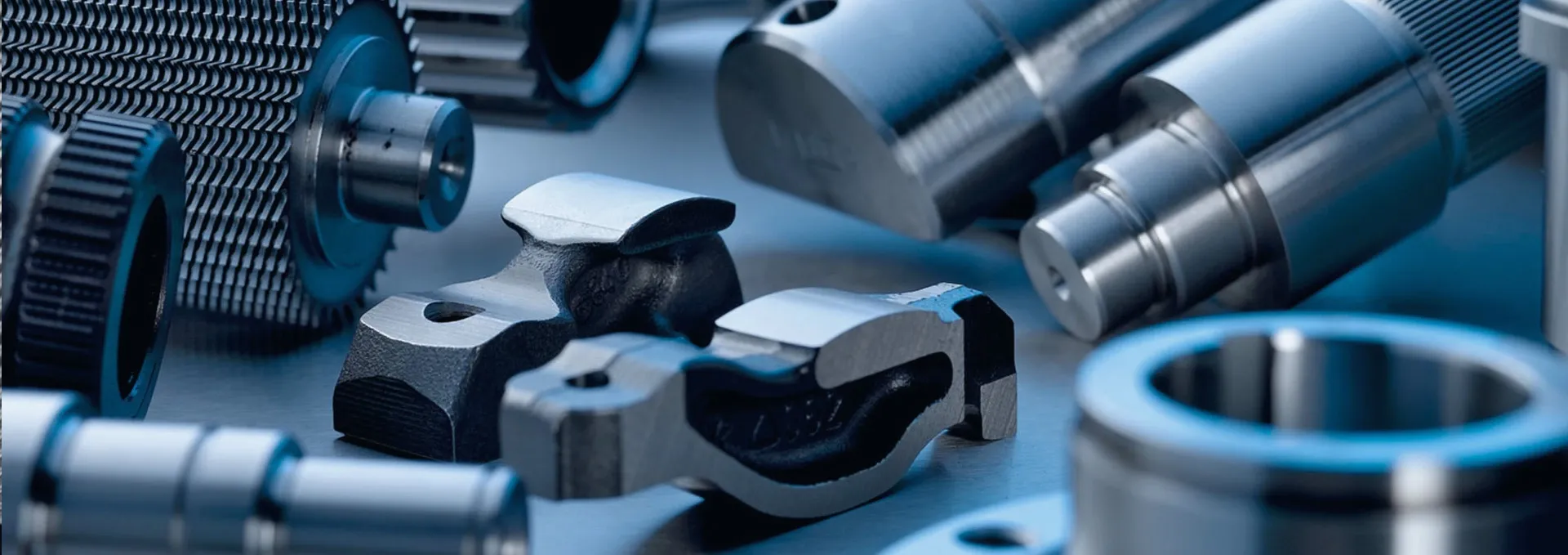
-
 Afrikaans
Afrikaans -
 Albanian
Albanian -
 Amharic
Amharic -
 Arabic
Arabic -
 Armenian
Armenian -
 Azerbaijani
Azerbaijani -
 Basque
Basque -
 Belarusian
Belarusian -
 Bengali
Bengali -
 Bosnian
Bosnian -
 Bulgarian
Bulgarian -
 Catalan
Catalan -
 Cebuano
Cebuano -
 Corsican
Corsican -
 Croatian
Croatian -
 Czech
Czech -
 Danish
Danish -
 Dutch
Dutch -
 English
English -
 Esperanto
Esperanto -
 Estonian
Estonian -
 Finnish
Finnish -
 French
French -
 Frisian
Frisian -
 Galician
Galician -
 Georgian
Georgian -
 German
German -
 Greek
Greek -
 Gujarati
Gujarati -
 Haitian Creole
Haitian Creole -
 hausa
hausa -
 hawaiian
hawaiian -
 Hebrew
Hebrew -
 Hindi
Hindi -
 Miao
Miao -
 Hungarian
Hungarian -
 Icelandic
Icelandic -
 igbo
igbo -
 Indonesian
Indonesian -
 irish
irish -
 Italian
Italian -
 Japanese
Japanese -
 Javanese
Javanese -
 Kannada
Kannada -
 kazakh
kazakh -
 Khmer
Khmer -
 Rwandese
Rwandese -
 Korean
Korean -
 Kurdish
Kurdish -
 Kyrgyz
Kyrgyz -
 Lao
Lao -
 Latin
Latin -
 Latvian
Latvian -
 Lithuanian
Lithuanian -
 Luxembourgish
Luxembourgish -
 Macedonian
Macedonian -
 Malgashi
Malgashi -
 Malay
Malay -
 Malayalam
Malayalam -
 Maltese
Maltese -
 Maori
Maori -
 Marathi
Marathi -
 Mongolian
Mongolian -
 Myanmar
Myanmar -
 Nepali
Nepali -
 Norwegian
Norwegian -
 Norwegian
Norwegian -
 Occitan
Occitan -
 Pashto
Pashto -
 Persian
Persian -
 Polish
Polish -
 Portuguese
Portuguese -
 Punjabi
Punjabi -
 Romanian
Romanian -
 Russian
Russian -
 Samoan
Samoan -
 Scottish Gaelic
Scottish Gaelic -
 Serbian
Serbian -
 Sesotho
Sesotho -
 Shona
Shona -
 Sindhi
Sindhi -
 Sinhala
Sinhala -
 Slovak
Slovak -
 Slovenian
Slovenian -
 Somali
Somali -
 Spanish
Spanish -
 Sundanese
Sundanese -
 Swahili
Swahili -
 Swedish
Swedish -
 Tagalog
Tagalog -
 Tajik
Tajik -
 Tamil
Tamil -
 Tatar
Tatar -
 Telugu
Telugu -
 Thai
Thai -
 Turkish
Turkish -
 Turkmen
Turkmen -
 Ukrainian
Ukrainian -
 Urdu
Urdu -
 Uighur
Uighur -
 Uzbek
Uzbek -
 Vietnamese
Vietnamese -
 Welsh
Welsh -
 Bantu
Bantu -
 Yiddish
Yiddish -
 Yoruba
Yoruba -
 Zulu
Zulu
ce certification thread rolling machine setup
Setting Up a CE Certified Thread Rolling Machine
Thread rolling machines are essential equipment used in manufacturing industries to create high-quality threads on metal parts. The CE certification signifies that a machine complies with European safety, health, and environmental protection standards. Setting up a CE certified thread rolling machine requires careful consideration to ensure optimal performance, safety, and compliance.
Understanding the CE Certification
Before beginning the setup, it's crucial to understand the importance of CE certification. This certification ensures that the equipment meets specific standards set by the European Union, thus guaranteeing not just quality and reliability but also safety for operators. Operators working with thread rolling machines must be trained to recognize and implement safety measures outlined by the CE certification.
Preparing the Work Area
The setup of a thread rolling machine starts with preparing the work area. Choose a clean, dry space that can accommodate the machine and provides sufficient room for movement and maintenance. Ensure that the floor is level and capable of supporting the machine's weight. Adequate lighting is also essential to help operators see the machine's controls and the workpiece clearly.
Unpacking and Inspecting the Machine
Once the work area is ready, unpack the thread rolling machine and inspect it thoroughly for any potential damage that might have occurred during shipping. Check the machine for any missing parts, and refer to the manufacturer's manual for a checklist of components. If any issues are found, contact the supplier before proceeding with the setup.
Initial Setup Steps
Follow these steps for the initial setup of the thread rolling machine
ce certification thread rolling machine setup

1. Position the Machine Move the machine into its designated area. Utilize appropriate lifting equipment if necessary, as thread rolling machines can be heavy.
2. Leveling the Machine Use leveling tools to ensure the machine base is flat and stable. Adjust the machine's feet to eliminate any wobbling.
3. Connecting Power Once the machine is positioned and leveled, connect it to a suitable power source. Ensure that the electrical specifications match the machine's requirements, as outlined in the user manual.
4. Hydraulic System Setup If the machine requires a hydraulic system, connect the hydraulic hoses and ensure that the fluid levels are appropriate. Bleed any air from the system to ensure proper operation.
Calibration and Testing
After the machine is physically set up, it is vital to calibrate it according to the specified requirements for thread production. Consult the user manual to adjust the machine's settings for speed, pressure, and stroke length. Once calibrated, conduct a test run with scrap material to verify that the threaded parts meet quality standards. Adjust settings as necessary based on the testing results.
Safety Measures
Lastly, always prioritize safety when operating the thread rolling machine. Ensure that all operators wear appropriate personal protective equipment (PPE), including safety goggles and gloves. Regularly inspect the machine for any wear and tear, and maintain an organized work area free of hazards.
Conclusion
Setting up a CE certified thread rolling machine involves a series of meticulous steps, from preparing the work environment to ensuring proper calibration. By adhering to safety protocols, operators can maximize the machine’s efficiency while maintaining compliance with necessary standards. Properly set up, a thread rolling machine can significantly enhance productivity and quality in thread production.
